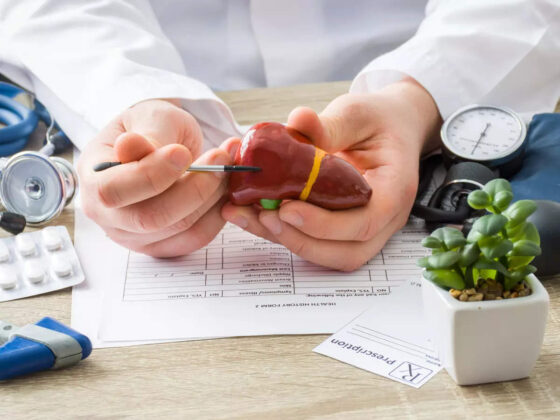Researchers at King’s College London and Zoe Global Ltd have conducted a study suggesting that skin rashes could be valuable predictors of coronavirus disease 2019 (COVID-19).
A pre-print version of the paper is available on the server medRxiv, while the article undergoes peer review.
Researchers have conducted a large community-based study. In the study, 8.8% of people who had tested positive for Covid-19 also reported having a skin rash.
According to NHS guidelines, the three most common signs of COVID-19 are fever, persistent cough, and a reduced sense of smell (anosmia).
Skin-related symptoms are not included, even though these can be easily spotted by patients, say Mario Falchi and team.
The researchers say their findings strongly support including skin rashes, adding that although skin rashes are far less common than fever, they are much more specific and last longer.
Many studies and evidences have confirmed that symptoms of Covid-19 no longer confine to breathing problems. Although the disease is still primarily a respiratory illness, it affects many organs.
Some studies have previously reported urticaria, chicken pox-like body rashes, and chilblains on the toes or fingers (acral rashes), possibly due to minor thrombotic events or damaged endothelium in small vessels of the digits.
Covid-19’s links with heart, intestine, and brain have already been established. However, the link between COVID-19 and skin manifestations has been slower to emerge.
Now the researchers have used data available for 336,847 UK users of the COVID Symptom Study app to investigate the diagnostic value of skin rashes for infection with severe acute respiratory syndrome coronavirus 2 (SARS-CoV-2).
The team also used data available for 11,546 people who participated in an independent survey on COVID-19-related skin symptoms.
Of 27,157 app users who provided swab test results, 2,021 (7.4%) were positive for SARS-CoV-2, and 25,136 (92.6%) were negative.
Of the swab-positive individuals, 178 (8.8%) reported skin rashes (138 body rashes; 62 acral and 22 both body and acral), compared with 1357 (5.4%) of swab-negative individuals.
Association analysis showed that the presence of body or acral rashes increased the likelihood of being swab positive for SARS-CoV-2 by 67%. This compares with fever increasing the odds of SARS-CoV-2 positivity by 47%, and fever is commonly used to screen for COVID, points out the team.
Among the 334,690 app users who did not provide a swab test result, 17,371 reported one of the three main symptoms (fever, persistent cough, and anosmia), which according to NHS guidelines, would require isolation and SARS-CoV-2 testing.
Of those reporting one of the three typical symptoms, 8.2% also reported a skin rash, compared with 6% of untested users who did not report any of the three symptoms.
Association analysis revealed that among untested users who reported one of the three main symptoms, the likelihood of having a body rash was 46% greater compared with those who did not report one of the symptoms. The increased likelihood of acral rash among those reporting a symptom was not statistically significant.
To capture more information about the type, duration, and timing of rashes, the team analyzed data available for people 11,546 with a rash who participated in an independent survey on COVID-19-related skin symptoms.











